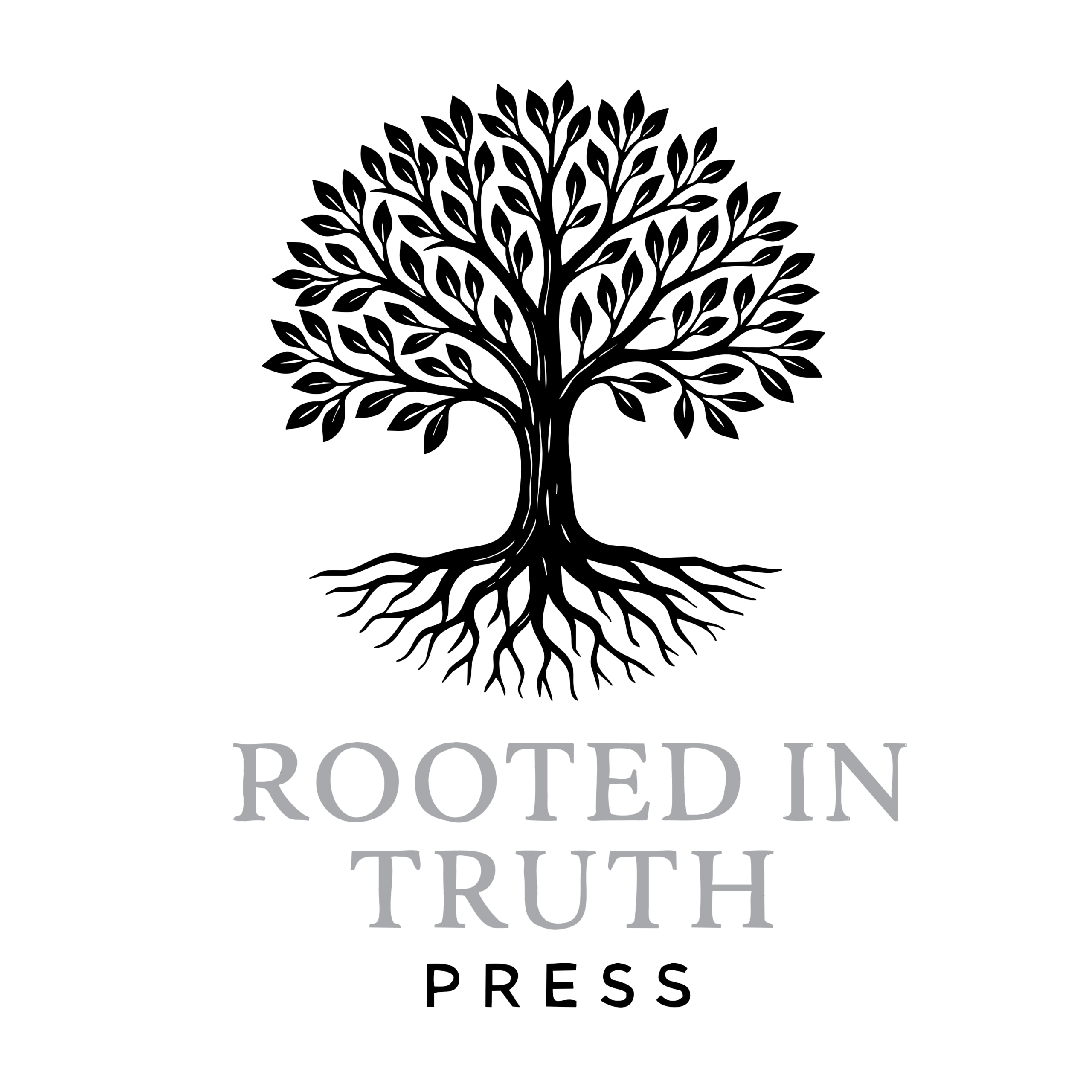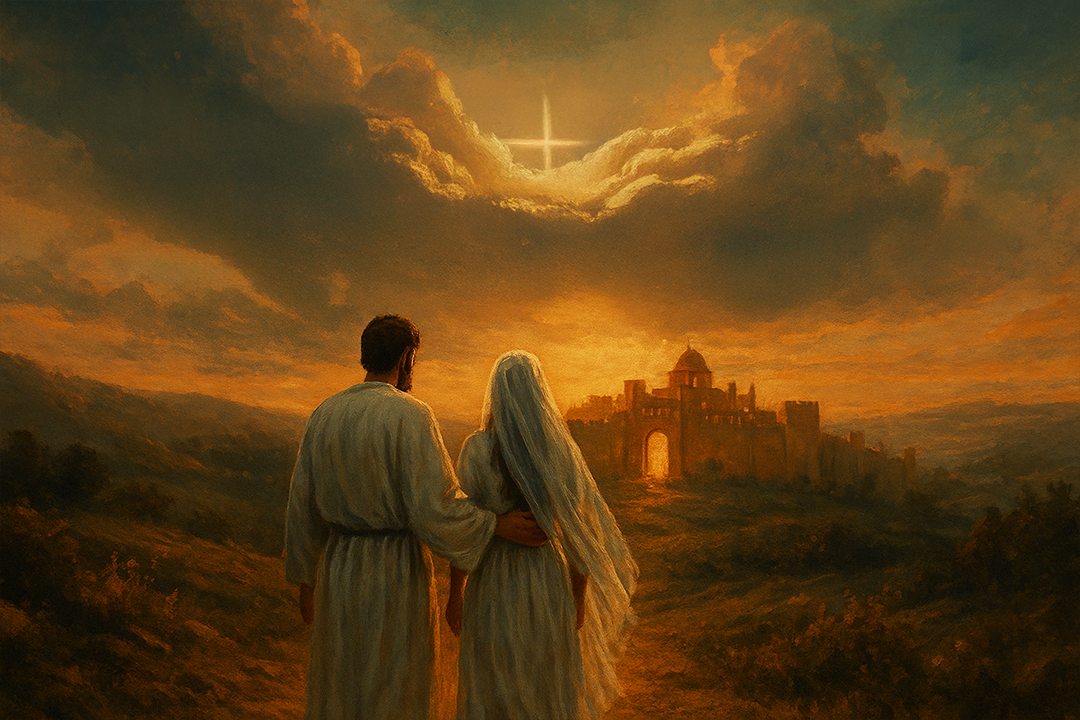A Love Story Written in Covenant
This post was inspired by my sister, Cynthia Bauer, whose deep research and Spirit-led insight continue to shape and bless our shared work. Cynthia is a fellow author here and co-author of several books we’ve published — and this message is one that keeps re-surfacing so I felt it worthy of a post: the beautiful picture of Christ’s love for us seen through the lens of ancient Jewish wedding customs.
When Jesus spoke of a wedding feast, of a bridegroom coming for his bride, and of a house with many rooms, He wasn’t borrowing poetic language — He was pointing to something real, familiar, and sacred to His Jewish audience. Something embedded in the culture, steeped in covenant, and brimming with prophecy.
Let’s walk through the traditional Jewish wedding — not as historians, but as the beloved bride of Christ, listening for the footsteps of our returning King.
Read my sister’s original article here.
The Father Chooses the Bride
In ancient Israel, the father of the groom would choose the bride. This wasn’t random — it was purposeful, intentional, and relational.
“For He chose us in Him before the creation of the world…” (Ephesians 1:4a)
Just like Abraham sent a servant to find a bride for Isaac (Genesis 24), our heavenly Father has chosen us for His Son. We’re not afterthoughts. We are handpicked by God — crafted, cleansed, and called.
The Ketubah: Covenant in Writing
A marriage began with a contract — a ketubah — outlining the groom’s promises and the bride’s response. She wasn’t forced. Her consent mattered.
We too have a ketubah — the New Covenant, sealed in Christ’s blood.
“This cup is the new covenant in my blood, which is poured out for you.” (Luke 22:20)
The groom promised provision. The bride brought a dowry — all she had to offer. In our case, it’s a yielded life.
The Mohar: The Bride Price
The groom paid a price for his bride — often great, always meaningful.
“You were bought at a price. Therefore honor God with your body.” (1 Corinthians 6:20)
“…you were redeemed…with the precious blood of Christ…” (1 Peter 1:18–19)
Jesus paid with His life — not out of obligation, but out of love.
The Mikveh: Ritual Cleansing
Before betrothal, both bride and groom entered a mikveh — a ritual immersion symbolizing purification.
Jesus was baptized in the Jordan. (Mark 1:9)
We, His bride, are being washed in the Word. (Ephesians 5:26–27)
This is more than water. It’s a call to consecration.
The Betrothal: A Binding Commitment
Betrothal wasn’t casual engagement. It was covenant. A legal agreement. So binding, it required divorce to break.
“I will betroth you to Me forever…” (Hosea 2:19–20)
During this time, the couple lived apart — yet were considered married. Sound familiar?
We’re betrothed to Christ — already His, yet awaiting full union. This period is for intimacy, trust-building, and growing in love.
Are you spending time with your Bridegroom?
The Matan: A Gift of Promise
Before leaving, the groom gave his bride a gift — a pledge of love and a reminder of his return.
“…you were marked in Him with a seal, the promised Holy Spirit, who is a deposit guaranteeing our inheritance…” (Ephesians 1:13–14)
The Holy Spirit is our matan. He reminds us: We are not alone. The Groom is coming back.
The Groom Builds the House
While the bride prepared her garments, the groom built a place for her — not a random location, but a room added to his father’s house.
“In my Father’s house are many rooms… I go to prepare a place for you.” (John 14:2–3)
But only the father could say when it was ready.
“No one knows about that day or hour… only the Father.” (Mark 13:32)
This wasn’t about ignorance — it was tradition. Jesus, our Bridegroom, is waiting on His Father’s signal. And He will not delay.
The Surprise Return
The groom came — unannounced, often at night. The bride had to be ready.
“At midnight the cry rang out: ‘Here’s the bridegroom! Come out to meet him!’” (Matthew 25:6)
Jesus taught this very thing in the parable of the ten virgins. Half were ready. Half were not.
Will your lamp be full?
The Marriage Supper
The wedding ended in celebration — seven days of feasting, music, dancing, and joy.
“Let us rejoice and be glad and give Him glory! For the wedding of the Lamb has come, and His bride has made herself ready.” (Revelation 19:7)
The door was shut. The celebration began.
Personal Reflection
I didn’t grow up knowing all of this. I had to dig. My sister dug deeper. But what moves me most is not the research — it’s the intimacy of it all.
We are not saved into a system, but into a relationship. We are not part of a contract, but a covenant. We are not just “Christians,” we are the Bride.
And this Bridegroom — He paid dearly. He waits patiently. He prepares perfectly. And one day soon, He will come.
Not to visit. But to carry us home.
Final Thoughts
Are you watching?
Are your garments clean?
Is your lamp full?
You were chosen. You were purchased. You are loved.
And the cry will ring out:
“Behold, the Bridegroom comes!”
Let us be ready.
Biblical Accuracy
- Scriptural Parallels are faithfully drawn between Jewish wedding customs and New Testament theology:
- John 14:2–3 (“I go to prepare a place for you”) mirrors the groom preparing the home.
- Luke 22:18 and Matthew 26:29 (“I will not drink again…”) are correctly linked to the wedding cup tradition.
- 1 Thessalonians 4:16–17 and Revelation 19:7–9 rightly parallel the return of the Bridegroom and the Wedding Supper of the Lamb.
- Ephesians 5:25–27 is properly cited as the sanctifying work of Christ on His bride.
These are not forced interpretations — they are consistent with how both Jewish scholars and Messianic theologians understand the typology between the ancient wedding model and Christ’s return.
Historical and Cultural Context
- The Ketubah, Mikveh, Betrothal (Kiddushin), and Nissuin are all well-documented elements of Jewish wedding practice from Second Temple Judaism and earlier.
- The post appropriately acknowledges the symbolic parallels without claiming these customs were created solely to prefigure Jesus. Instead, it highlights how God used real human traditions to teach deeper spiritual truths — a hallmark of Hebraic thought.
- The detail about the Father deciding the timing of the groom’s return is rooted in Jewish oral tradition and aligns beautifully with Mark 13:32.
Theological Soundness
- This post does not promote replacement theology or minimize Jewish tradition; instead, it honors the Jewish roots of Christian faith.
- The Holy Spirit as the “matan” or pledge aligns with Ephesians 1:13–14 and is consistent with conservative and evangelical theology.
- The emphasis on purity, readiness, and devotion during the betrothal period reflects both the parable of the Ten Virgins (Matthew 25:1–13) and the Bride of Christ imagery in Revelation.


Leave a Reply